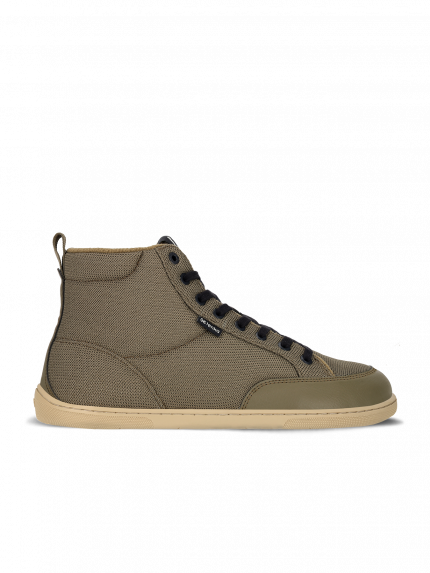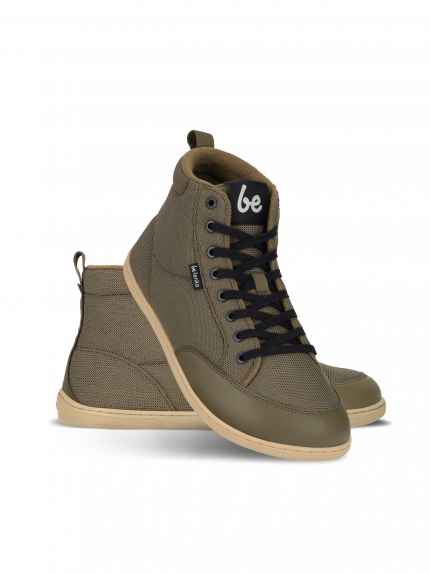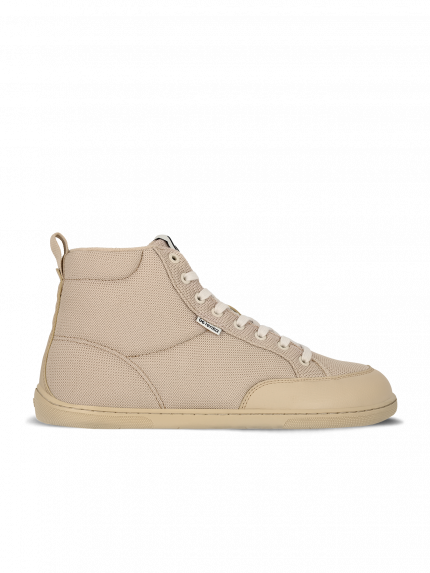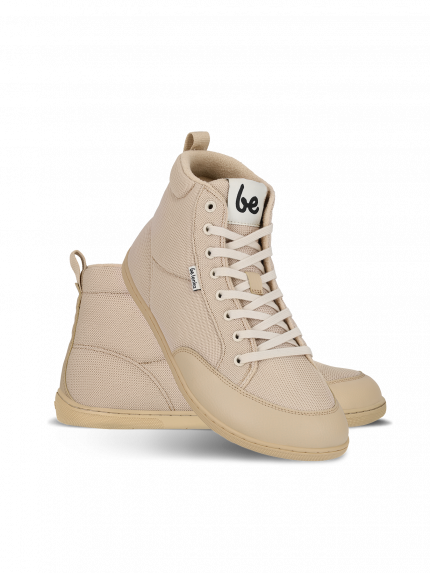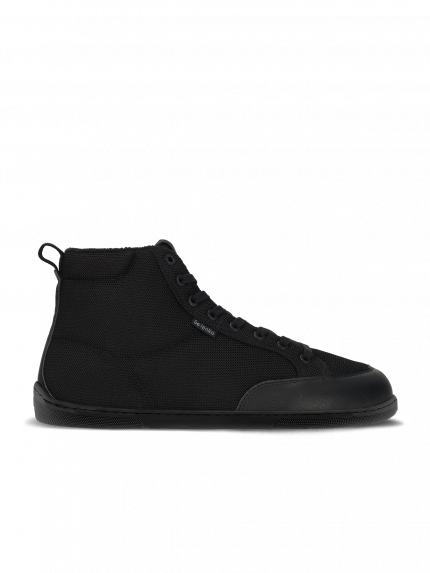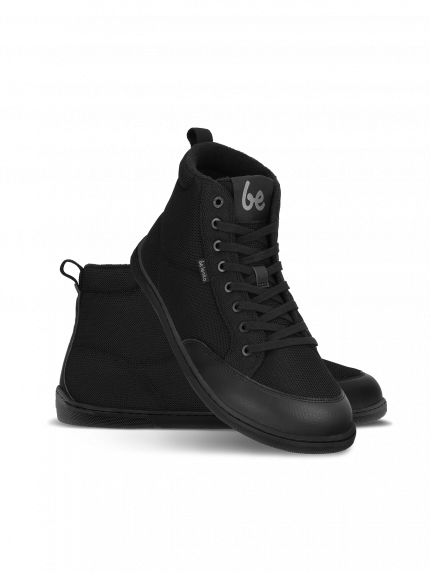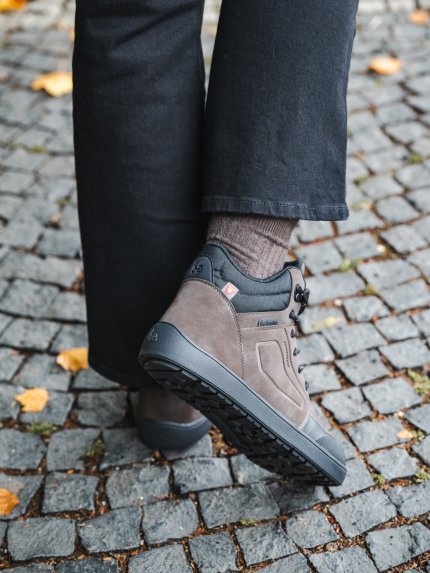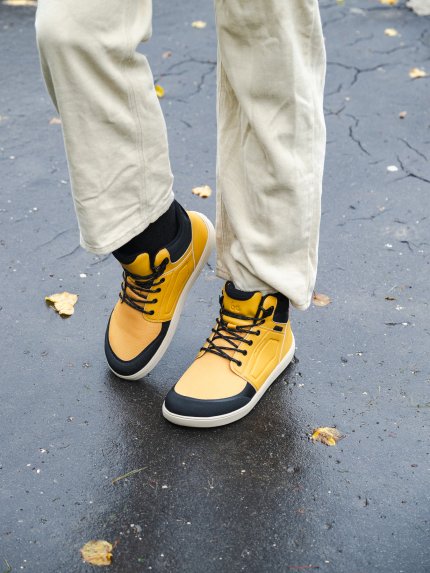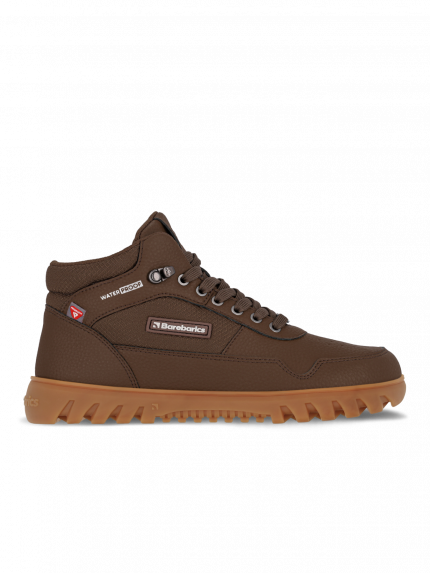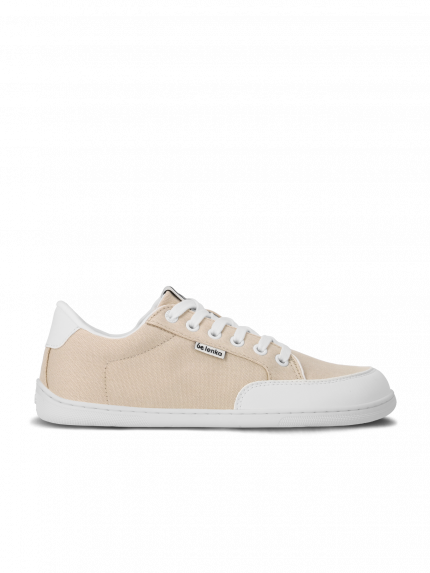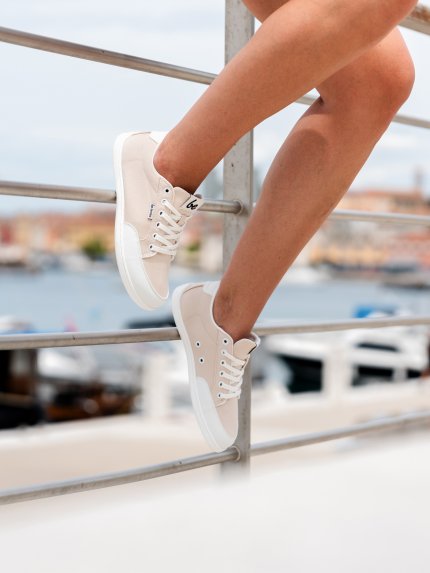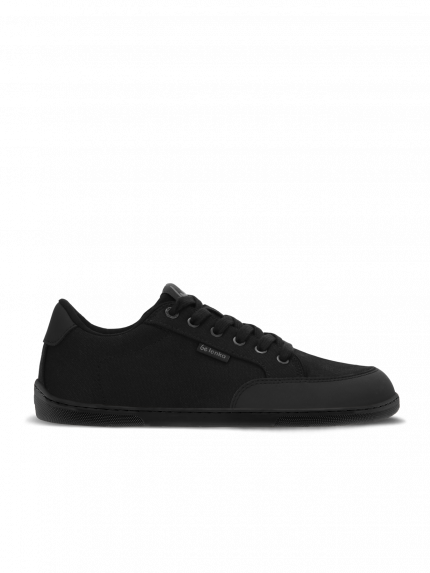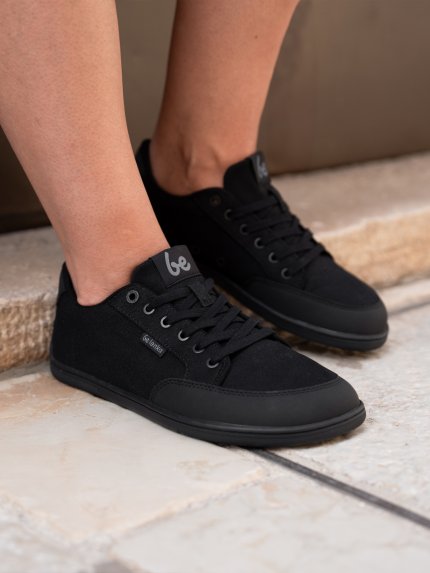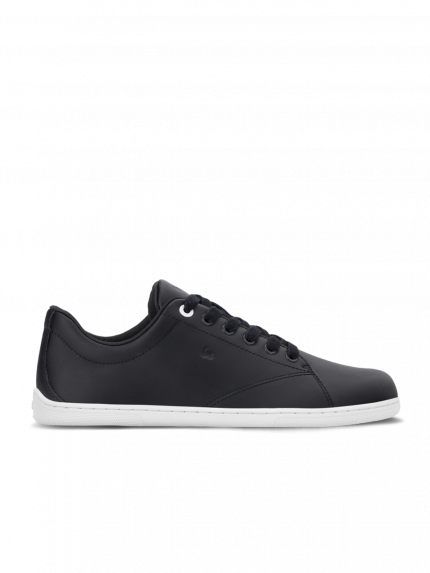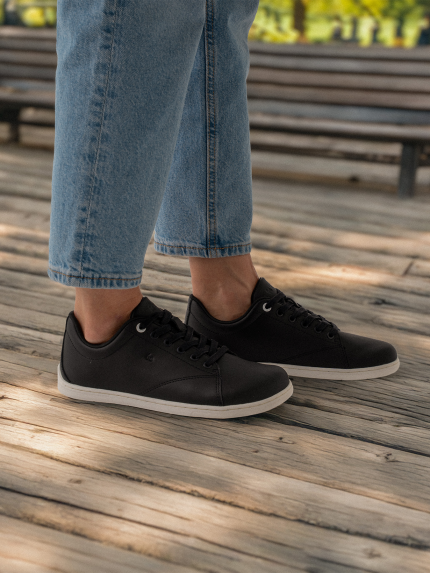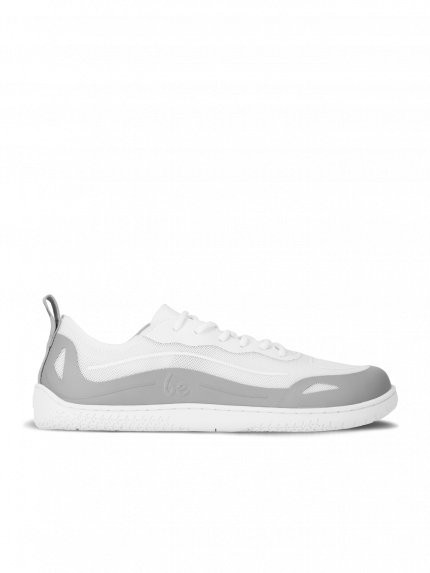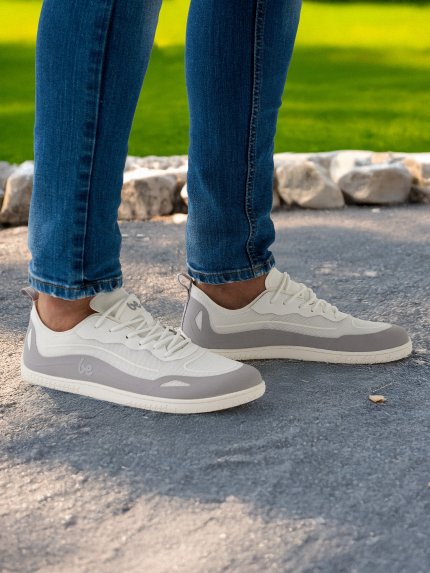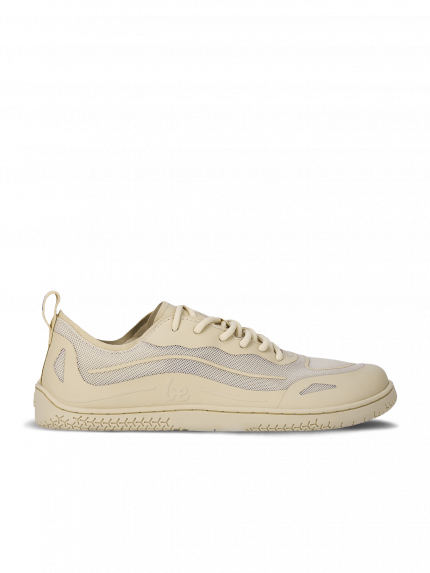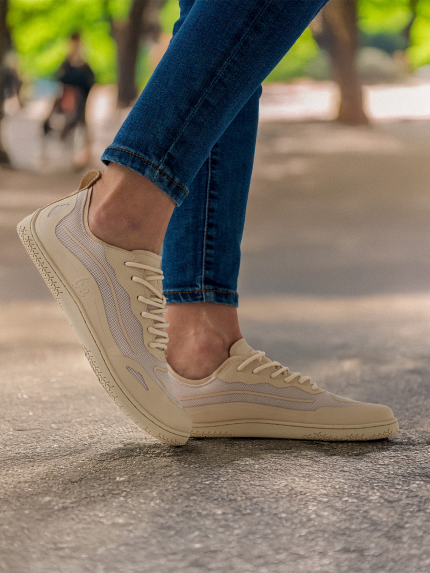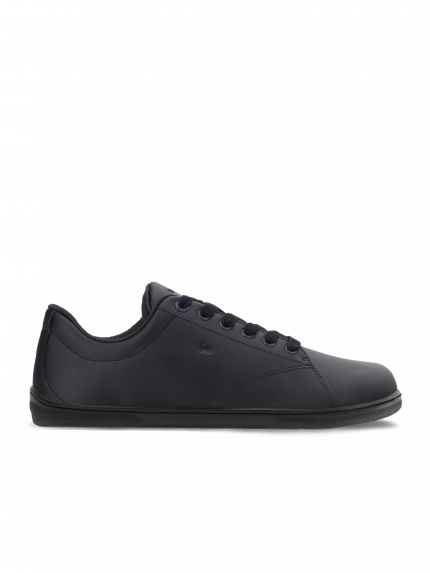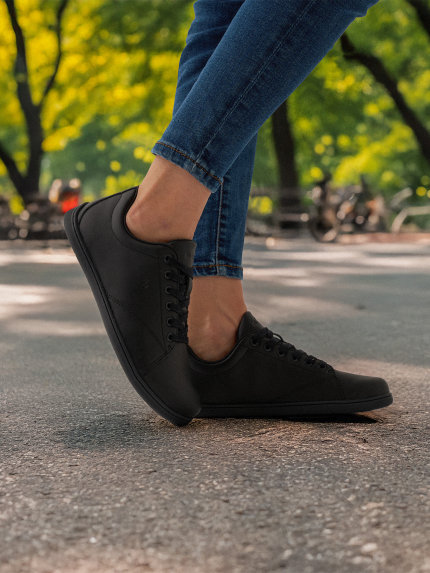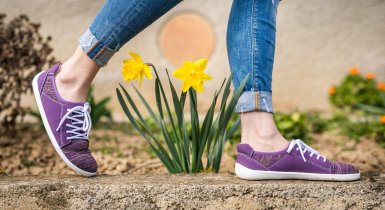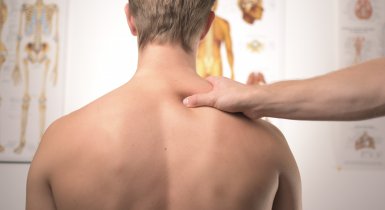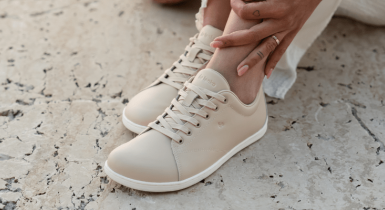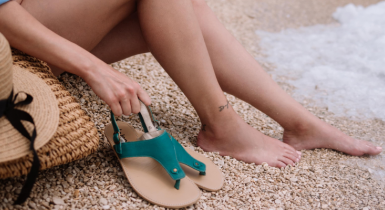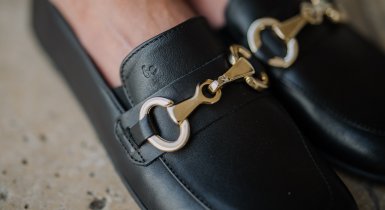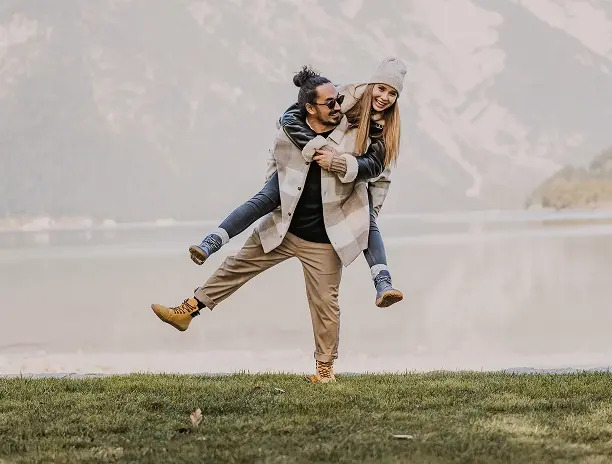How to choose right barefoot shoes?
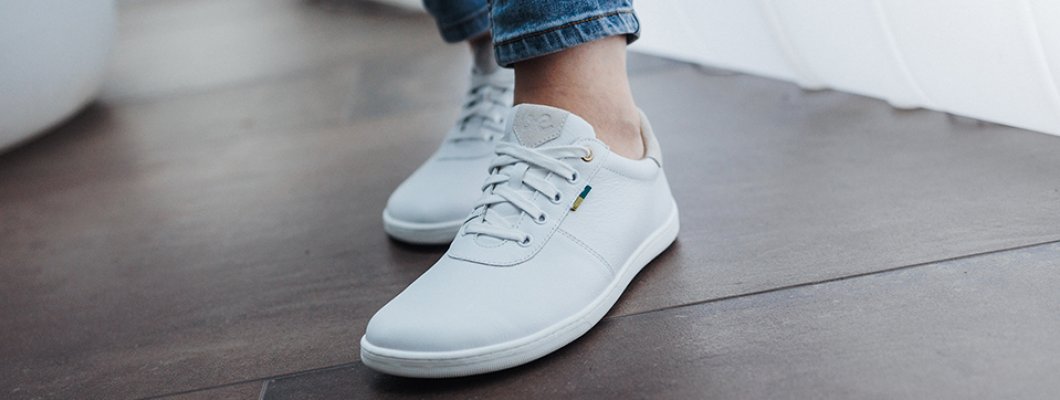
Barefoot shoes are designed to create bare-like conditions for your feet. These shoes are lightweight, very flexible, with no elevated heel and with a wide toe box giving your toes much-needed wiggle room. Barefoot shoes do not squash your foot, on the contrary, they enable your foot’s natural motion, allowing it to move and work naturally. The freedom and joy for your feet. In this article, we take a look at the very important features that determine the way you will feel in barefoot shoes, whether you will like them or not. Read about how to get barefoot shoes that fit you perfectly.
Table of contents:
- Features of barefoot shoes
- Barefoot shoes for children
- How to measure a foot?
- What is a leeway?
- The size chart
Barefoot shoes for children
When choosing shoes for children, parents must be extra cautious as children are not able to consider everything by themselves, such as shoes being too tight or too loose, there is not enough room for toes etc). Research shows an alarming number – two-thirds of children - wear the wrong size of shoes and half of these children suffer from deformities as a consequence. Younger children (up to 10 years) are not able to evaluate and tell you whether the shoe fits right. Therefore, it is important to know your child’s feet to be able to choose correctly. Before buying barefoot shoes, measure both feet first (yes, both feet, as feet are seldom identical) and compare these measurements with the insoles of your desired pair of shoes.
How to measure a foot?
The how-to guide for measuring a foot is easy. Let’s do it together:
- Place a piece of paper on even ground (avoid plush carpeting or pebbly surfaces)
- Place your foot flat on the paper (body weight evenly distributed on both your feet, you must be standing, not sitting, during measuring)
- Take a pencil and mark the heel and the furthest point from the heel – the longest measurement (which would not necessarily be the biggest toe)
- Use a ruler and measure the difference between these two points
- Do the same for the second foot (the difference might be +/- 0.5 cm)
- The number you get is your foot size
- Add a leeway of 0,5cm to your measured foot size to get your ideal shoe size
- If your foot sizes differ, take the longer one as the primary one when choosing the correct shoe size
- Compare your shoe size with measurements in a Size Chart which is listed with each product in our e-shop (be wary, measurements may vary depending on a model)
- The Size Chart includes both the length and width measurements of the selected model
If you have the option to compare your measurement with an actual insole of the chosen shoe, do it. Compare the numbers (the length) and then step on it (to compare the width), your foot must not overlap in any direction.
What is a leeway?
Long story short – leeway measures the space between your big toe and the shoe itself (the front point of the shoe). This is a very important number when buying barefoot shoes, especially for children, as their feet are constantly growing. Take your foot size (the number you got when measuring both of your feet) then add 0,5 cm (the ideal leeway). The total is the final number you are looking for. The leeway can be even more, taking your personal preferences into account, as well as the specific shoe design of your selected shoe model.
Your feet should have enough room not only in the front but also on the sides. The width of the shoe must be at least identical to the width of your foot. Ideally, the width of the shoe is 0.2 cm – 0.5 cm wider than your foot.
To wrap it all up, when choosing barefoot shoes, you should use your foot size (not your shoe size) plus the leeway. Always check the inner length of the shoe – not only the number – as it may vary depending on the manufacturer or different types of shoes. Every model of Be Lenka barefoot shoes has its own size chart with inner lengths so you can choose easily the right size for you.
The size chart
The size chart listed with every model contains precise length and width measurements for every shoe size (the EU standards).
We strongly recommend adding a leeway of 0,5 cm to your measured foot size.
Take a moment and check our video guide on “How to measure a foot”:
 RS / EUR
RS / EUR

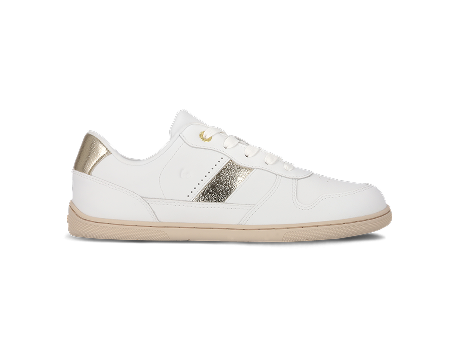
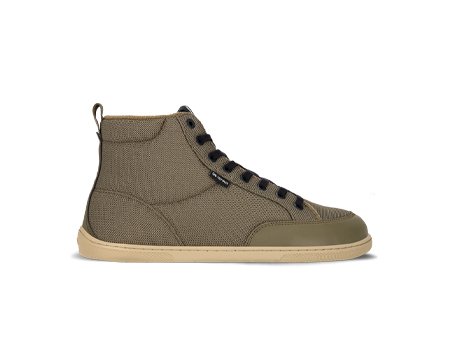
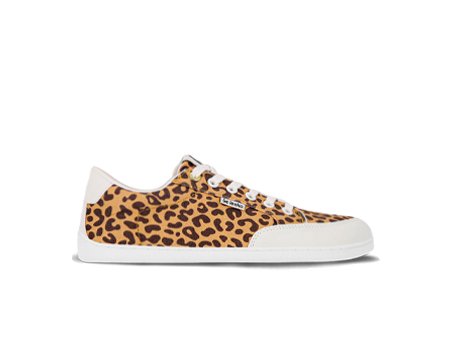
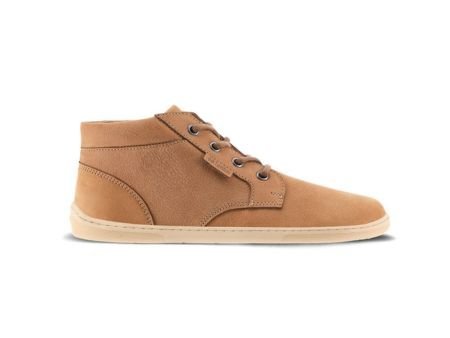
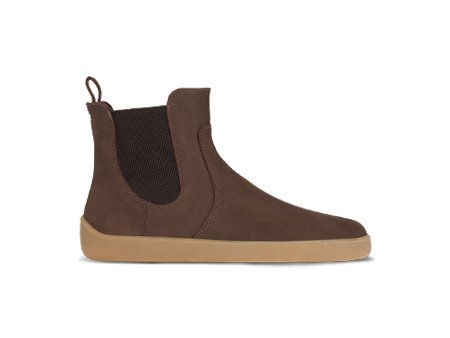
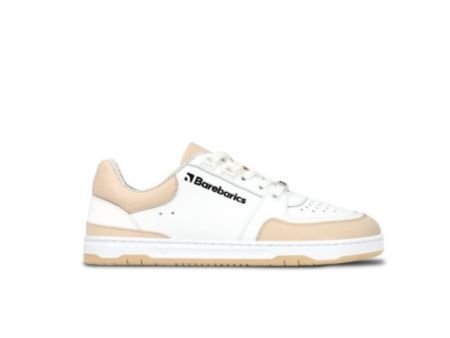
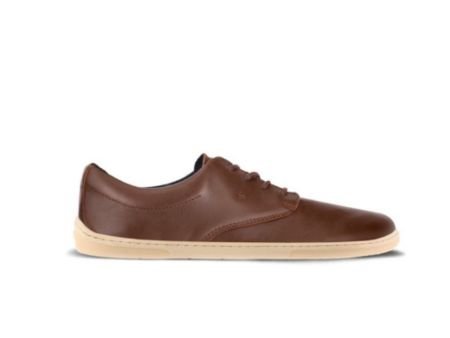
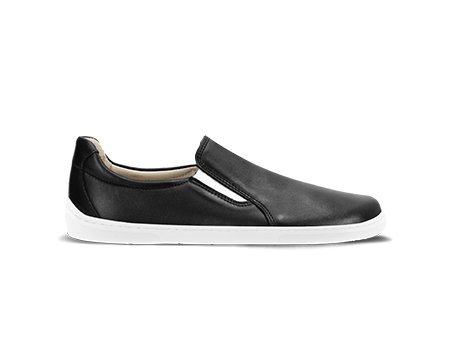
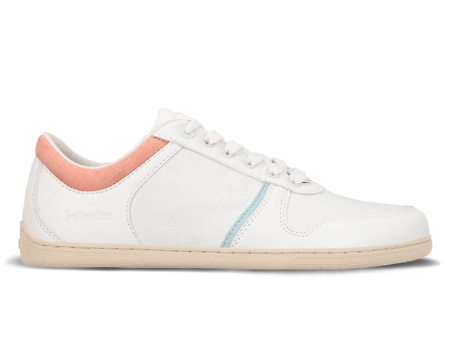
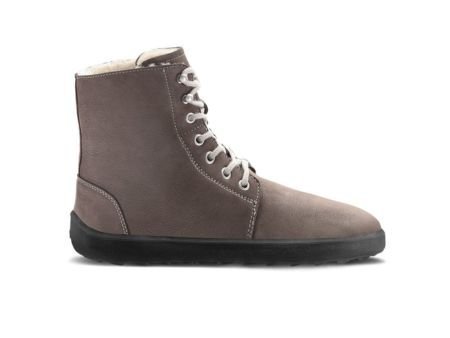
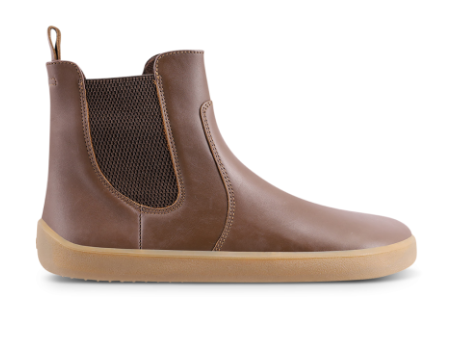
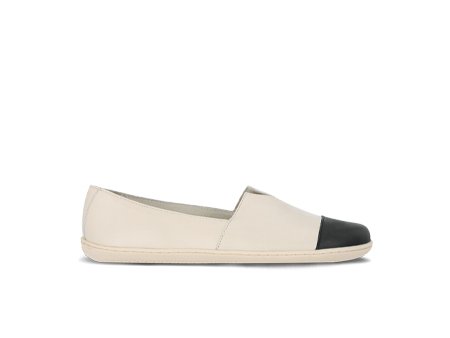
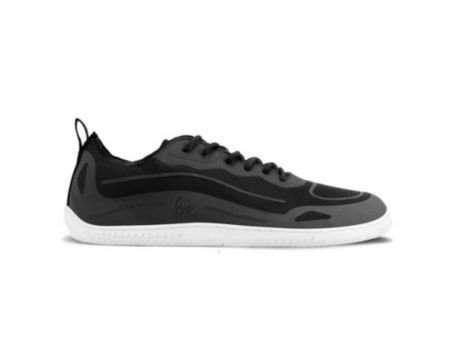
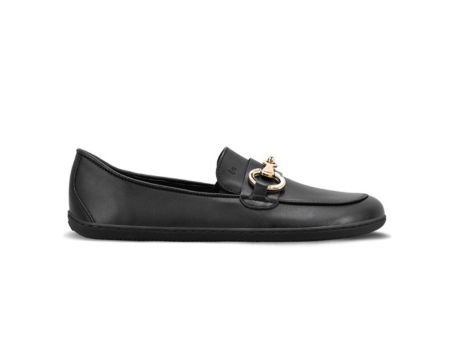
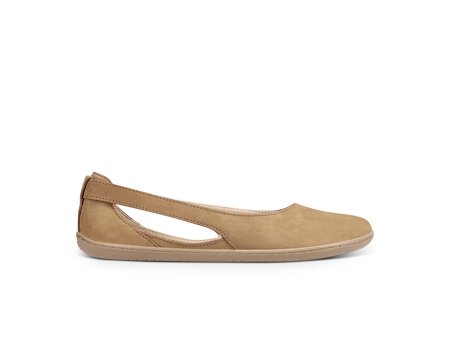
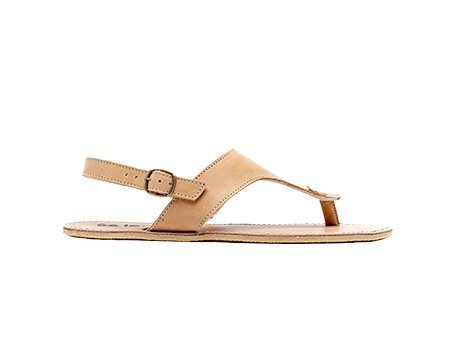
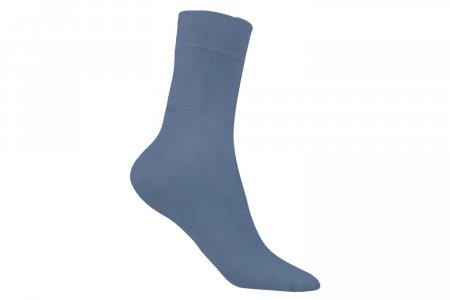
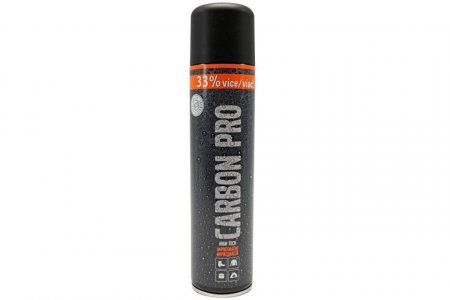

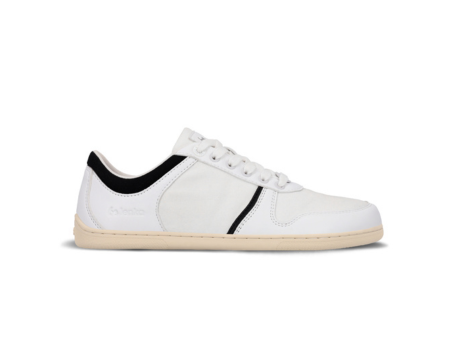
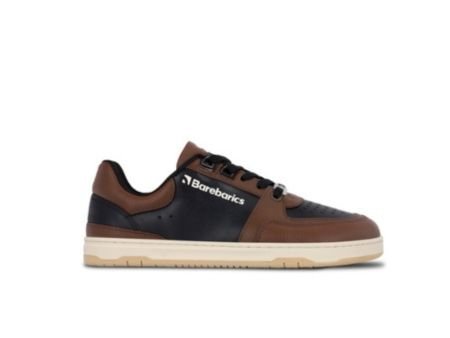
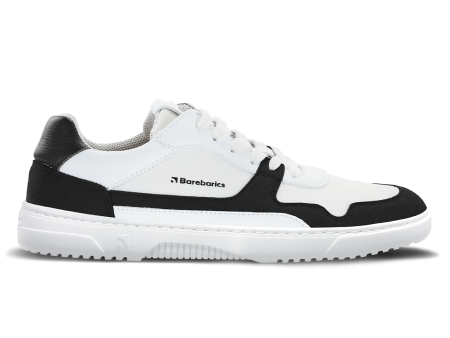
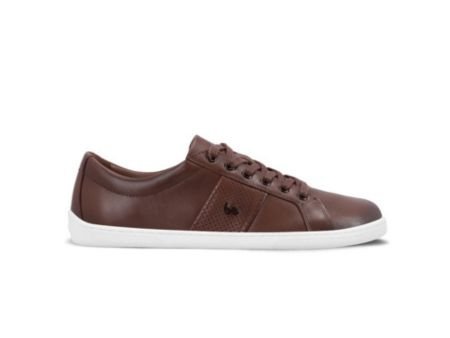
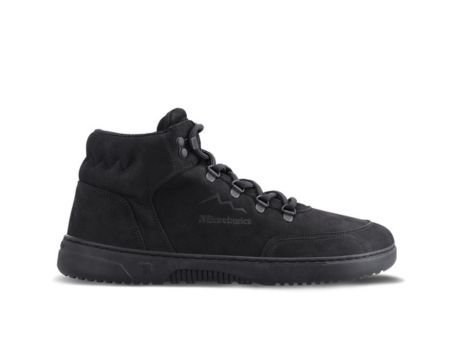
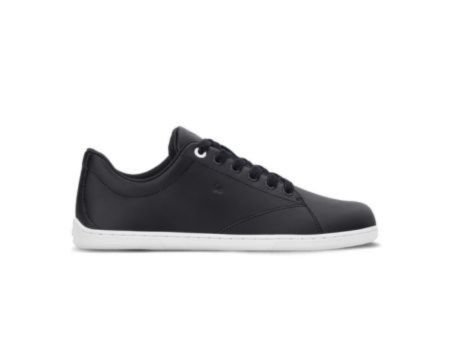
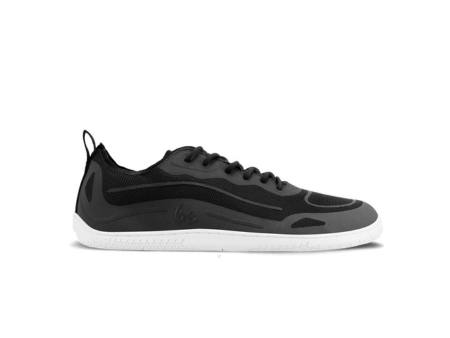
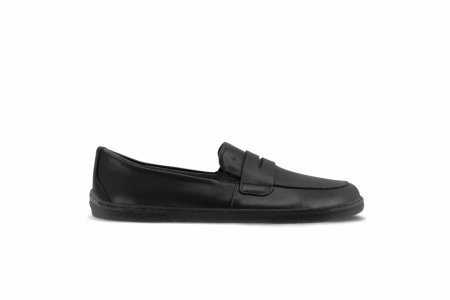
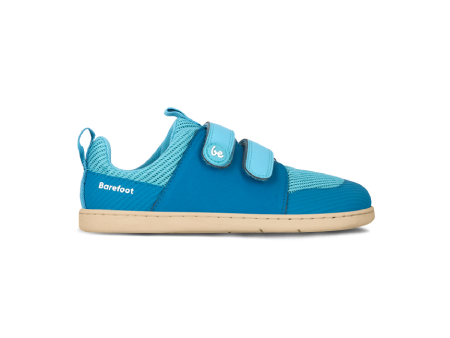
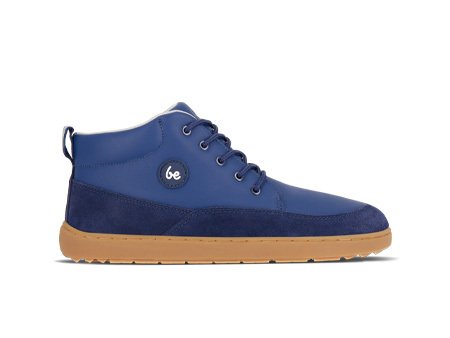
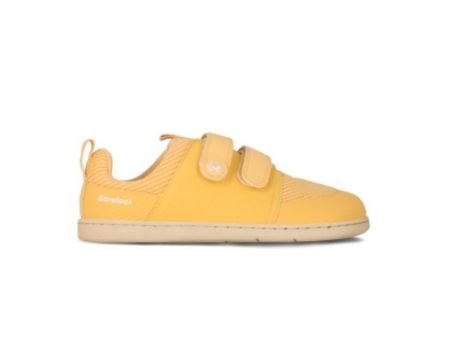
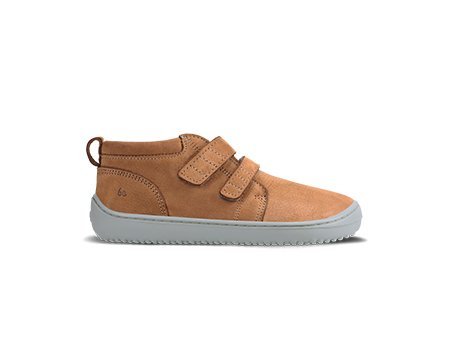
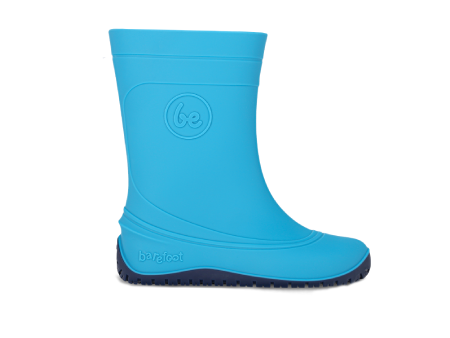
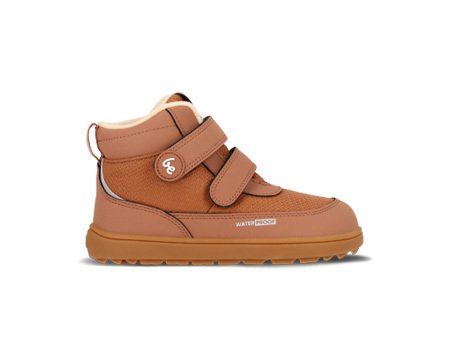
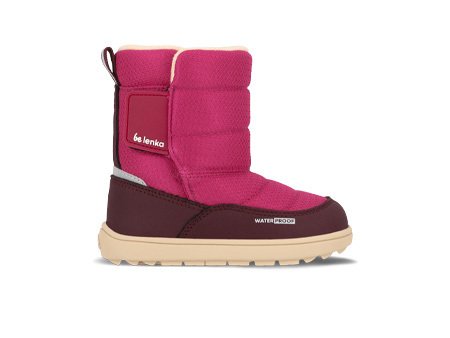
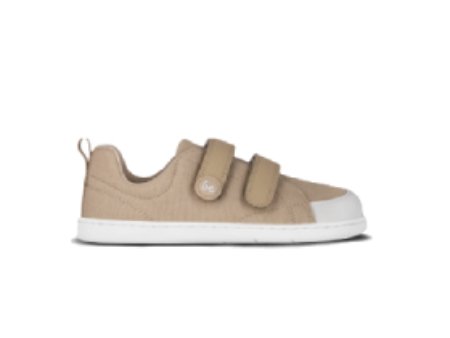
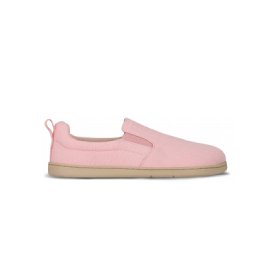

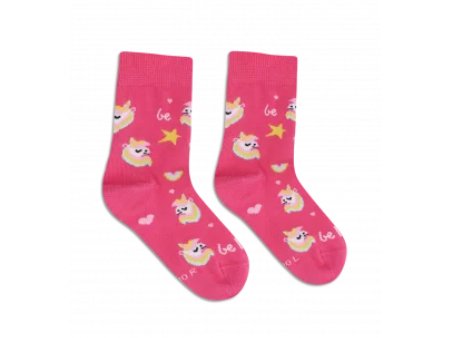
 Be Lenka
Be Lenka
